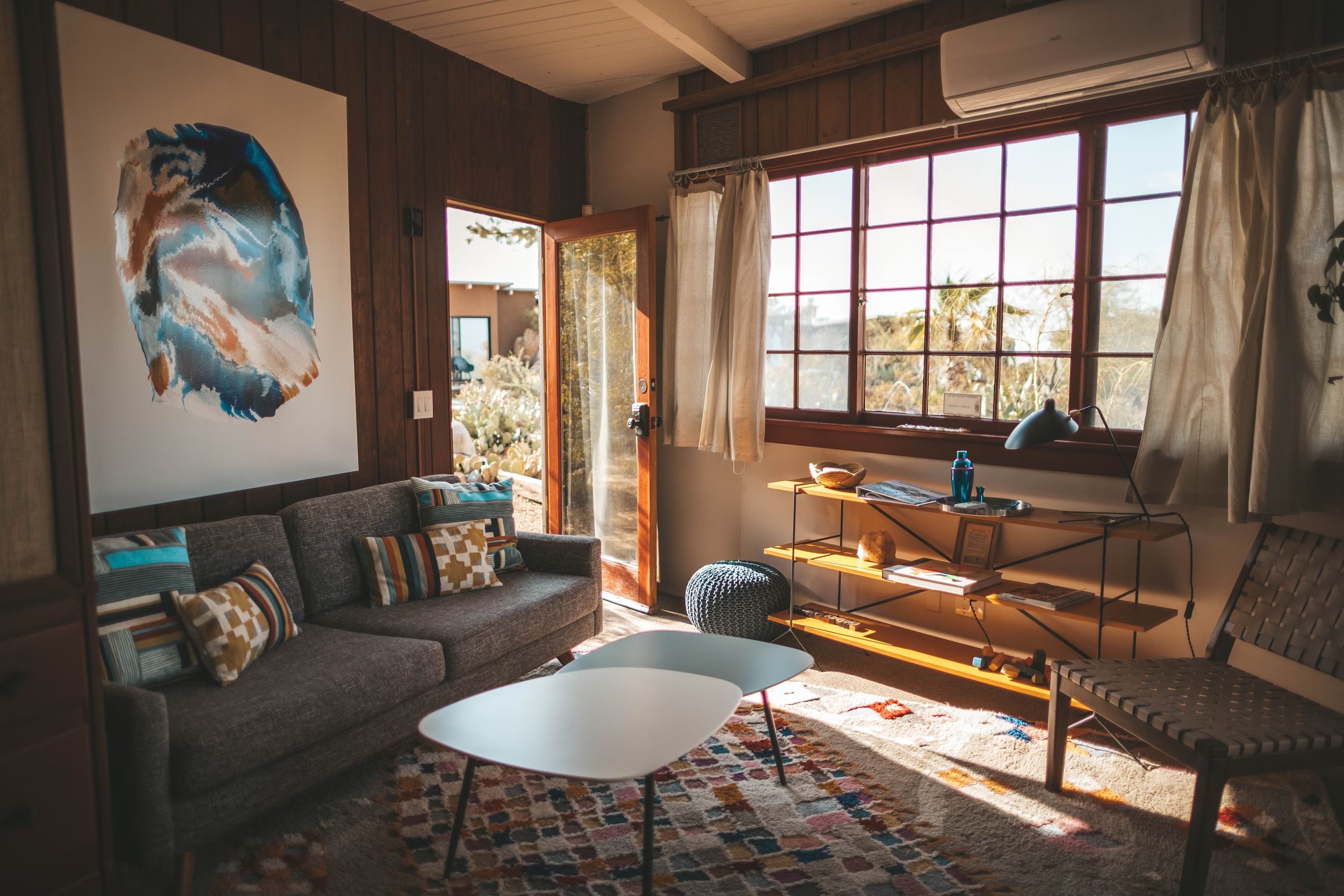Discover Toy Organizers
Spoken matches toy organizers across 100s of stores to find you the best price.



Quick facts
Can't find the answer you're looking for? Please get in touch with our friendly team.
How do you store a lot of toys?
Use storage bins or baskets to categorize toys by type. Consider multi-functional furniture like ottomans with storage space. Shelving units can also help organize toys while keeping them accessible. Label containers for easy identification, and rotate toys regularly to keep playtime fresh.
How do you store toys when not in use?
Store toys in decorative bins or baskets that match your home decor. Use shelving units or toy chests for easy access and organization. Consider multi-functional furniture, like ottomans with storage, to keep toys out of sight while enhancing your interior design.
Where do you store large kids toys?
Large kids' toys can be stored in designated toy bins or storage ottomans in the living room or playroom. Consider using shelving units or cubbies to keep toys organized. Additionally, under-bed storage boxes can help utilize space efficiently while keeping toys out of sight.
How to store children's toys?
Use storage bins or baskets to keep toys organized. Consider furniture with built-in storage, like ottomans or benches. Shelves can display toys while keeping them accessible. Labeling bins helps children find and return toys easily, promoting tidiness in their play area.
How do you organize a large amount of toys?
Use furniture with storage options, like bins or shelves. Categorize toys by type and size, and label containers for easy access. Consider multi-functional furniture, such as ottomans with storage, to keep the space tidy and maximize room for play.
Category Overview
Introduction
Toy organizers serve a crucial role in maintaining order within a home, particularly in spaces where children play. These versatile storage solutions not only help keep toys neatly arranged but also contribute to a more comfortable and inviting living environment. By enhancing utility, they alleviate clutter, making it easier for families to enjoy their time together without the stress of disarray. In essence, toy organizers enable relaxation and promote family bonding by ensuring that toys are readily accessible yet easy to store away when playtime ends.
Functionality
The primary function of toy organizers is to provide efficient storage for various types of toys, from plush animals to building blocks. They're used across multiple rooms, such as nurseries, playrooms, and even living areas where children often gather. Depending on your needs, you can find options like bins with lids for minimalistic storage or open shelves for easy access. Many contemporary models also feature stacking capabilities or modular designs that adapt to different spaces—perfect for small apartments or homes with limited room.
Design & Style
Toy organizers come in an array of styles and materials to suit any home decor theme. Common materials include wood for a classic feel, metal for industrial chic designs, and fabric for soft storage solutions that are lightweight yet durable. You'll find variations ranging from mid-century modern pieces featuring clean lines to farmhouse-style organizers with rustic finishes. Additionally, customizing these organizers—through color choices or design modifications—can seamlessly integrate them into your existing decor, whether you're going for a vibrant playroom look or a calming minimalist aesthetic.
Practical Considerations
When selecting the right toy organizer for your space, consider factors like the size of the room and the durability of materials based on your child's activities. For instance, heavy-duty plastic options may be ideal if you expect rough usage while wooden models can add an elegant touch but might require more care over time. Avoid common pitfalls like purchasing an organizer that's too small; ensure it can accommodate your child’s growing collection of toys without overflowing.
Comparison and Alternatives
In choosing between materials like wood versus metal or styles such as round versus rectangular shapes, weigh the pros and cons carefully. Wooden toy organizers offer warmth and stability but are generally heavier; metal units tend to be lighter and often more durable against wear-and-tear but might lack aesthetic warmth for some settings. For smaller rooms or tight corners, opt for vertical storage solutions rather than traditional horizontal ones to maximize space effectively.
Trends and Popular Items
Currently trending in the realm of toy organizers are multifunctional designs that combine style with practicality—a favorite among parents seeking efficiency without sacrificing aesthetics. Rising popularity is seen in eco-friendly materials such as bamboo or recycled plastic which appeal to environmentally conscious families looking to reduce their carbon footprint while keeping spaces tidy. As minimalism continues its hold on interior design trends, sleek lines and neutral tones dominate many best-selling toy organizer collections. Incorporating these features into your home not only keeps clutter at bay but also enhances everyday family life through organized fun!